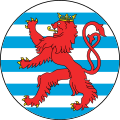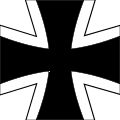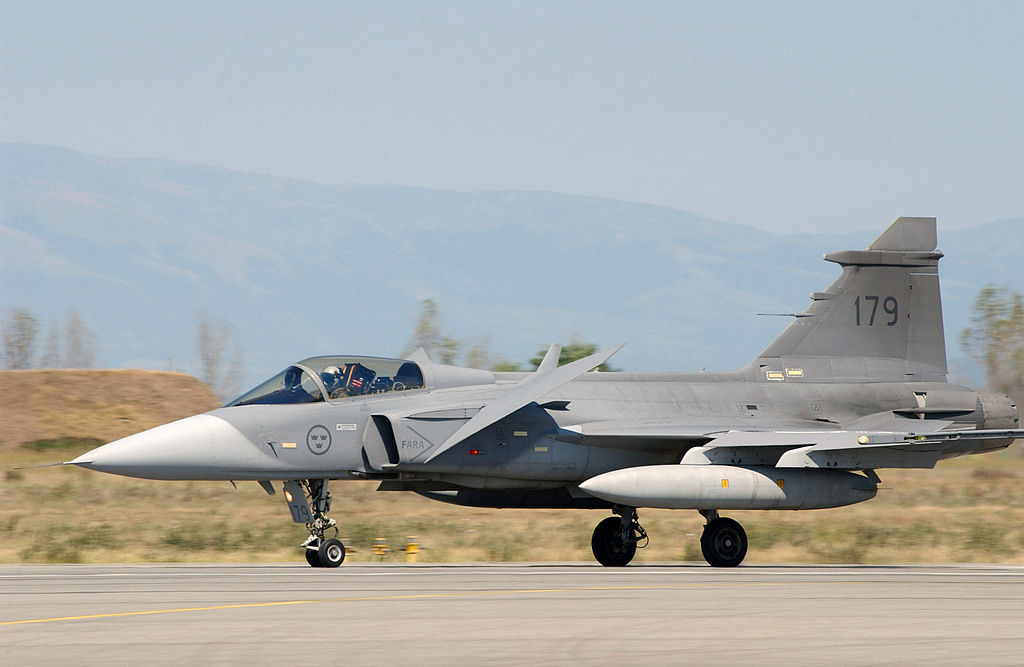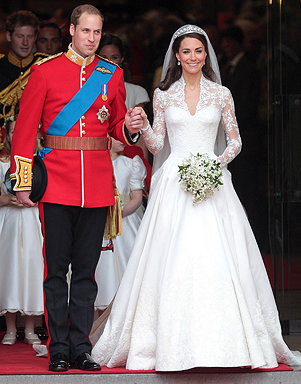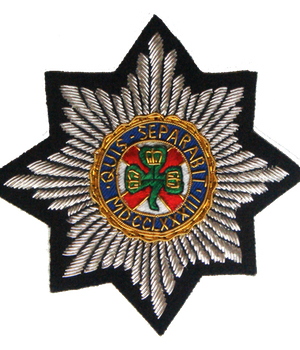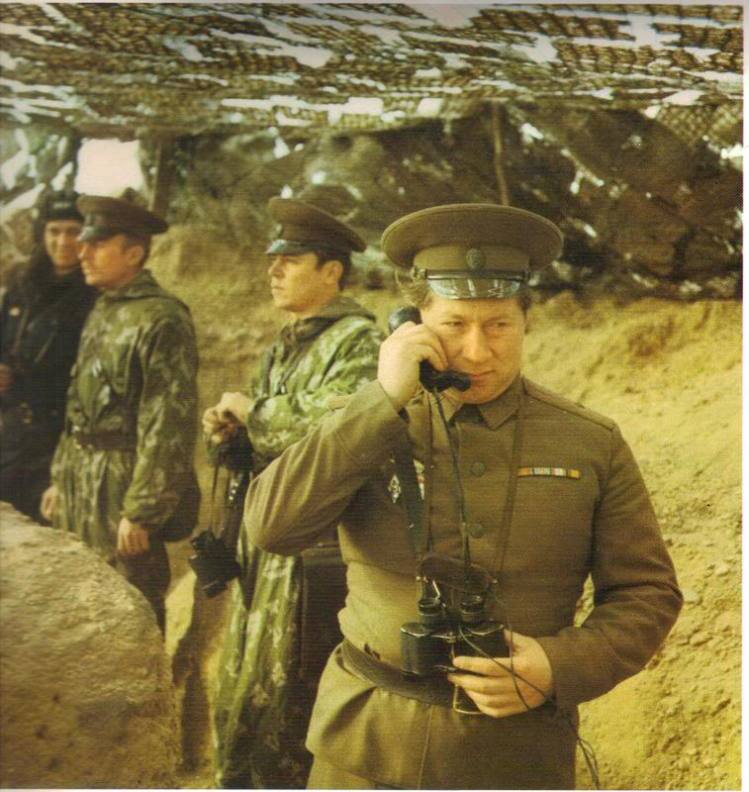In a previous post, I commented on the relationship between weaponry and history. The history of the world is punctuated and propelled by conflict, of which weapons are the tools. Indeed, empires, states and nations rise and fall by the sword. It is therefore little wonder that military symbols are frequently encountered in national flags. Such symbols are incorporated as a reference to the martial power and prowess of a state, which underpins freedom and independence in a world dominated by power politics and conflict. Implicitly, this alludes to the duty of patriots to take up arms in defence of their country. Also, military symbols in flags often reflect the heritage of a particular nation or state by incorporating traditional weapons. This post considers four military symbols that appear on national flags as heraldic elements.
Swords
The sword is perhaps the most well-known symbolic representation of power and authority. Apart their use in flags, the evocative symbolism of the sword is frequently employed in other contexts of power. Throughout history, the crown jewels of many monarchies and kingdoms have included a sword, along with other artefacts such as crowns, sceptres and orbs. Particularly in Europe, such a sword is known as a ‘sword of state’ and symbolises the power of a monarch to use the might of the state against its enemies and the duty to preserve thus right and peace.

The Reichsswert (Imperial sword) of the Holy Roman Empire made for the coronation of emperor Heinrich IV in 1084
Another famous symbolic use of the sword comes in the form of the Roman goddess of justice, Iustitia, who is these days perhaps better known as ‘lady justice’. Customarily, she brandishes the sword of punishment in her right hand, while balancing the scales of justice in her left hand.

Sculpture of Justice by John van Nost the Younger. The popular depiction of lady justice blindfolded only became commonplace after the 15th century
In the world of flags, swords are most commonly encountered in the flags of the Arab world. The sword is usually representative of the curved bladed swords and scimitars traditionally used in the region, such as the Arabian saif or Persian shamsir.

Flag of Saudi-Arabia, 1938-1973

Flag of Saudi-Arabia, 1973-present

Flag of Yemen, 1927-1962
The flag of Oman also incorporates a bladed weapon in the form of a khanjar, which is a traditional dagger with a curved blade and distinctive sheath.
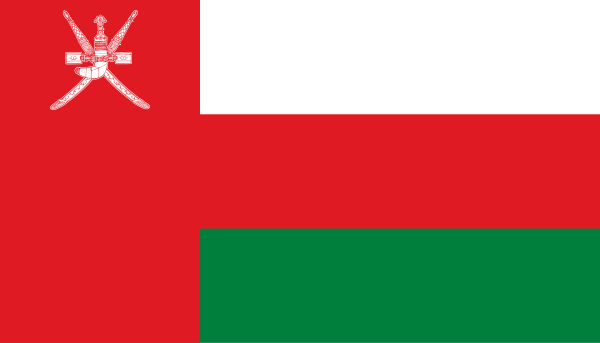
Flag of Oman, 1995-present

Shields
The shield is an ancient and popular heraldic element that is frequently used in coats of arms and other emblems. The use of shields as distinctive charges on flags, similar to swords in the Arab world, is largely encountered in a specific geographical area, namely sub-Saharan Africa. The use of shields in African flags is also an expression of heritage and ethnic identity, since African shields differ markedly in shape and construction from those historically used in other parts of the world.

African shields are usually comprised of a wooden frame covered with dried animal hide. This type of shield is commonly associated with the Zulu nation, where it is known as isihlangu
This type of shield is used prominently in the flag of Swaziland, which borders South Africa. Like the Zulus, the Swazis are part of the Nguni people who immigrated from central Africa to settle in the continent’s southern regions approximately 600-700 years ago.

Flag of Swaziland, 1968-present

Flag of KwaZulu (1981-1994) which was proclaimed by the apartheid government as a homeland for the Zulu people in South Africa

Flag of Kenya (1963-present) which depicts a Maasai shield
Another type of shield that was formerly used on a national flag is the distinctive Basotho shield, which appeared on the flag of Lesotho between 1987 and 2006. The current flag replaced the shield with another traditional Basotho symbol in the form of a Mokorotlo or grass hat. The new ‘demilitarised’ flag was adopted on the 40th anniversary of Lesotho’s independence and was designed to symbolise ‘a nation at peace with itself and its neighbours‘.

Flag of Lesotho, 1987-2006

Flag of Lesotho, 2006-present
Firearms
As we have seen, in most instances where weapons are used as symbols of nationality and identity they are specifically traditional, since traditional weapons convey a dual message of power and heritage. As a result, modern weaponry of recent design rarely feature as heraldic charges on flags. One notable exception is the flag of Mozambique that famously features a Kalashnikov assault rifle.
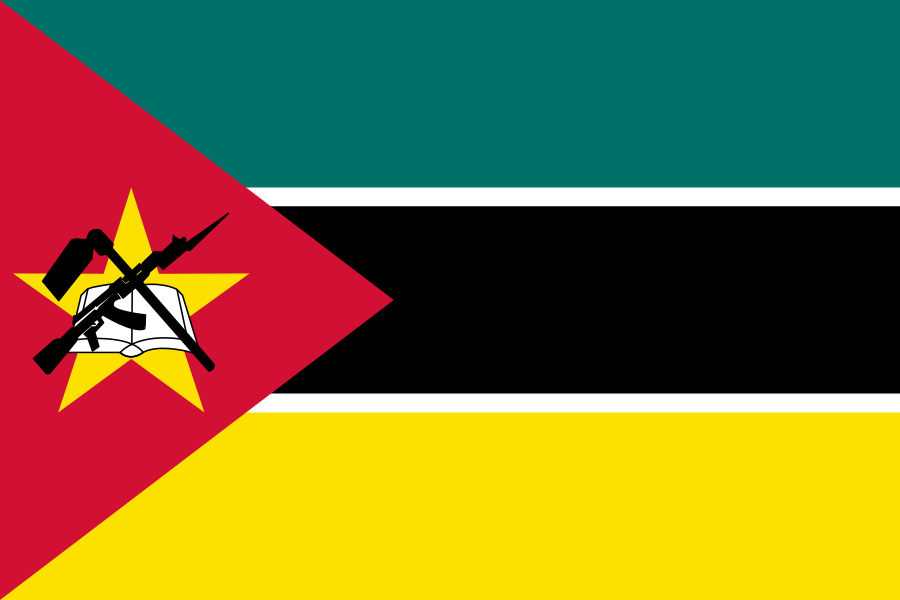
Flag of Mozambique, 1983-present
The symbolic meaning of the AK-47 rifle harkens back to Mozambique’s struggle against Portuguese colonists. Between 1498 and 1975, Mozambique was known as Portuguese East Africa. The crossed Kalashnikov and agricultural hoe superimposed on a star allude strongly to the Soviet hammer and sickle – an apparent homage to the triumphant Mozambican liberation movement’s (FRELIMO) Marxist ideological roots. In 2005, the country held a competition to redesign its flag as part of a long process of reconciliation between FRELIMO and RENAMO. After independence from Portugal, these two local groups had been embroiled in a devastating civil war until 1992. During the competition, RENAMO had argued that the Kalashnikov is the main bone of contention in the current flag and that, more than any other element, it should be removed from the flag since it connotes with conflict (a rationale not unlike that which prompted the removal of the shield from Lesotho’s flag at roughly the same time). A NY Times article from 2005 spoke to FRELIMO sources about the symbols:
The Kalashnikov, they say, is but a coincidentally Russian symbol of Mozambicans’ determination to defend their land; the star merely signifies solidarity with Africans. If Mozambique’s single star were to symbolize Communism, Joaquim Chissano, the nation’s president for 19 years, said, the Stars and Stripes would place the United States among the world’s most leftist nations.
I’m not entirely sure about Chissano’s reasoning on that point. Regardless, the flag eventually remained unchanged, despite the 160-odd designs that were submitted during the competition.
It would be incorrect to say that Mozambique is the only state to feature a firearm on its national flag. The Guatemalan flag sports pairs of crossed rifles and swords, albeit not as prominently as that of Mozambique’s Kalashnikov.
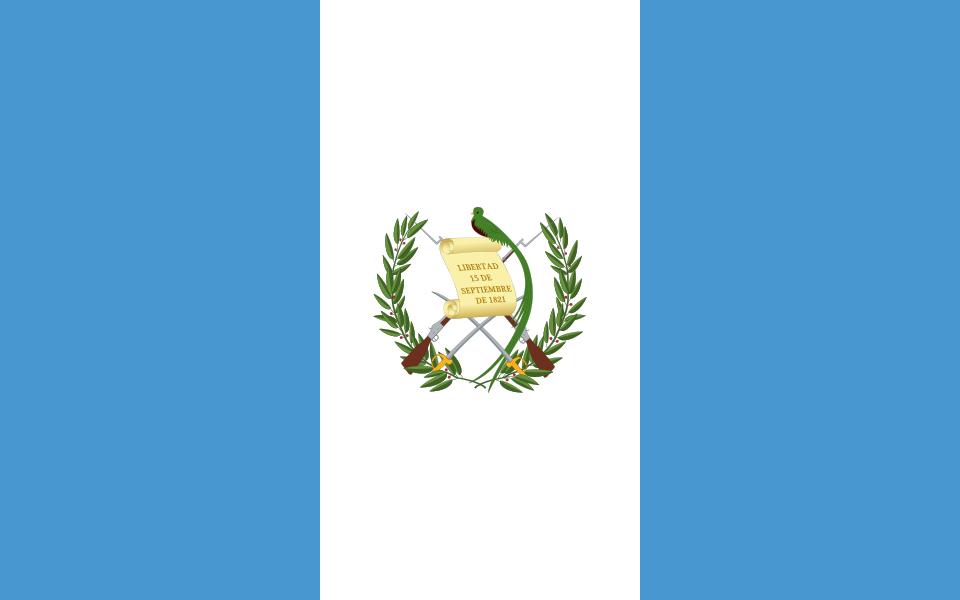
Flag of Guatemala, 1871-present
In Guatemala’s case the rifles appear to be of a generic type and are not specifically described in the Presidential decree that outlines the flag’s design. Similar to the Mozambican flag, the rifles have bayonets attached. Incidentally, the two blue sections of the flag represent the fact that Guatemala is situated between two oceans, the Pacific Ocean and the Atlantic Ocean. In Guatemala’s case, the combination of weaponry also symbolises the willingness to fight for liberty and independence.
Medals
To my knowledge, only one state can boast the honour of having been decorated with a medal for bravery. Throughout its history, Malta’s strategic location in the Mediterranean has meant that it was viewed as an important prize in conflicts and conquest in the area, particularly as a naval base. Hence, the Maltese islands have, at various times, been ruled by Phoenicians, Romans, Moors, Normans, Sicilians, Spanish, French and British, as well as the Knights of St. John who were a Catholic military order active during the crusades.
![Location of Malta (Green circle)– in Europe (green & dark grey)– in the European Union (green) – [Legend]](https://upload.wikimedia.org/wikipedia/commons/thumb/6/63/EU-Malta.svg/800px-EU-Malta.svg.png)
Malta is stragegically located in the Meditteranean between Europe and Africa
In 1942, King George VI awarded the George Cross to Malta as a collective decoration, in recognition of the bravery of the Maltese people in the face of the Axis onslaught. The George Cross is Britain’s highest gallantry award for civilians. Its military equivalent is the Victoria Cross.
In letter, dated 15 April 1942, George VI wrote the following:
The Governor
Malta
To honour her brave people, I award the George Cross to the Island Fortress of Malta to bear witness to a heroism and devotion that will long be famous in history.
George R.I.
Accordingly, since 1943 the bicolour Maltese flag has displayed the George Cross, fimbriated in red, in its canton in commemoration of this award.

The flag of Malta, 1964-present. The design was altered slightly from the 1943 version
Of course, since the George Cross is a civilian award, one could argue that it shouldn’t be included in this post dealing with military symbols. Yet, I think that its inclusion is warranted, based on the fact that it was bestowed for civilian courage during war-time and therefore, as with swords, shields and rifles, bear testimony to a nation’s resolve to resist oppression.
Have I missed any other examples of military symbolism in flags? Please leave your comments and suggestions below.





















